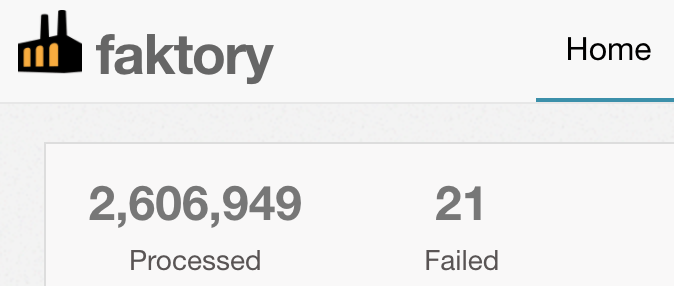The Future of Background Jobs
2017-10-23
Whether sending an email, adding an item to your cart or tracking an impression, modern businesses can be modeled as a series of business transactions. I believe that a good background job framework is the best way to execute these transactions and scale your business applications across many machines. A good background job framework gives you:
- a simple API for defining and calling jobs
- automatic error handling and retry logic
- an interface for monitoring, debugging and introspection
These jobs become much easier to reason about and debug when they all use similar calling conventions, logging and execution environment.
In fact, I would argue that the current Serverless trend is (background jobs - devops + price). Squint a bit and a serverless function call looks a bit like a background job invocation: both are, at their core, asynchronous function calls into your app logic.
For the last five years, I’ve created and polished Sidekiq, Sidekiq Pro and Sidekiq Enterprise as best as I can, adding features and functionality that scale (in the case of a few customers) to billions of jobs per day.
But Sidekiq has two major constraints:
- The datastore is Redis, with all its advantages and disadvantages
- Almost all functionality is implemented in the Ruby worker process, limiting Sidekiq to Ruby
What if we could have a system that:
- scales to thousands of jobs per second?
- enables polyglot teams – can be used with any programming language?
- provides those useful tools and metrics for monitoring and debugging?
Sidekiq has been very successful but there’s nothing Ruby-specific about its conventions; almost all programming languages can benefit from a similar tool. Tomorrow, I’m going to introduce you to my new open source project which aims to do all of this: Faktory.
